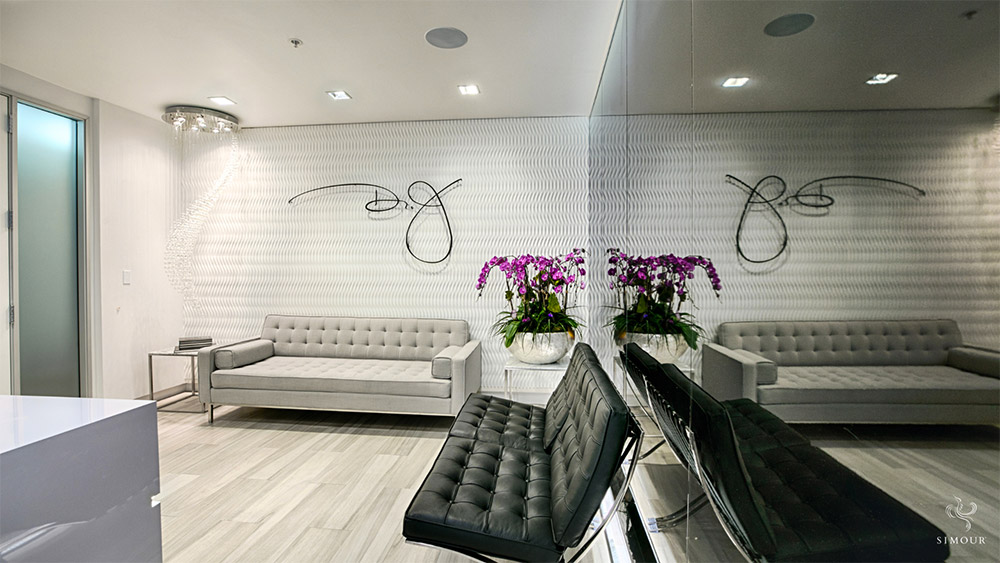“Design is the silent ambassador of your brand.” – Paul Rand
Branding goes beyond just a logo or a tagline. It extends into every facet of your practice – including the physical space where patients receive care. While medical expertise and patient care are at the forefront, the importance of a branded interior design in creating a familiar, welcoming, and trustworthy environment cannot be overlooked. In this blog, we’ll explore the profound impact of interior design on shaping the identity of your medical facility and offer practical ideas for branding your practice through design.
1. Consistency through Interior Design
Your medical office interior design is the tangible, visual representation of your brand. Consistency is key when it comes to branding, and your medical practice’s interior design should reflect that consistency in applying your brand’s visual identity. Consider incorporating your logo, color palette, and any distinctive visual elements throughout the space. From the reception area to patient rooms, ensure that every aspect of the design aligns with your brand’s aesthetic. This cohesion not only reinforces your attention to detail but also demonstrates a sense of professionalism and trustworthiness.
2. Establishing Great First Impressions
Whatever the design details may be, ensure that the first impressions of your interiors, especially the reception area will always put your best foot forward. It should be warm, inviting, and clean. As the first point of contact for patients, the reception area serves to set the tone for their entire visit. Opt for warm, inviting colors and comfortable seating to create a welcoming ambiance. Incorporate your brand colors subtly through accents like throw pillows or artwork. A well-designed reception desk can also reinforce your brand identity, serving as a focal point that reflects professionalism and efficiency. Opt for warm, inviting colors and comfortable seating arrangements to foster a sense of hospitality. Incorporate elements of nature, such as indoor plants or natural lighting, to create a calming environment. Additionally, consider displaying your practice’s logo or mission statement prominently to reinforce your brand identity from the moment patients step through the door.
3. Personalized Interiors for an Elevated Patient Experience
Every patient is unique, and personalizing the patient experience can go a long way in building trust and loyalty. Consider how you can tailor your interior design to cater to the specific needs and preferences of your target demographic. For example, pediatric clinics may incorporate playful elements and vibrant colors to appeal to younger patients, if your practice caters to families, consider incorporating a dedicated children’s play area or family-friendly amenities. while geriatric practices may focus on accessibility and comfort for older adults. Alternatively, if your focus is on wellness and holistic care, design elements that promote relaxation and mindfulness can resonate with your patients. By understanding your patients’ demographics and preferences, you can create a more personalized and memorable interior design experience that reinforces your brand’s focus.
Collaborating with an experienced medical interior designer who specializes in healthcare design can help bring your vision to life and ensure that your interior design effectively communicates your brand values and enhances the patient experience. Book a discovery call with SIMOUR Design today and let’s get on your way to a medical interior that reflects our expertise!




